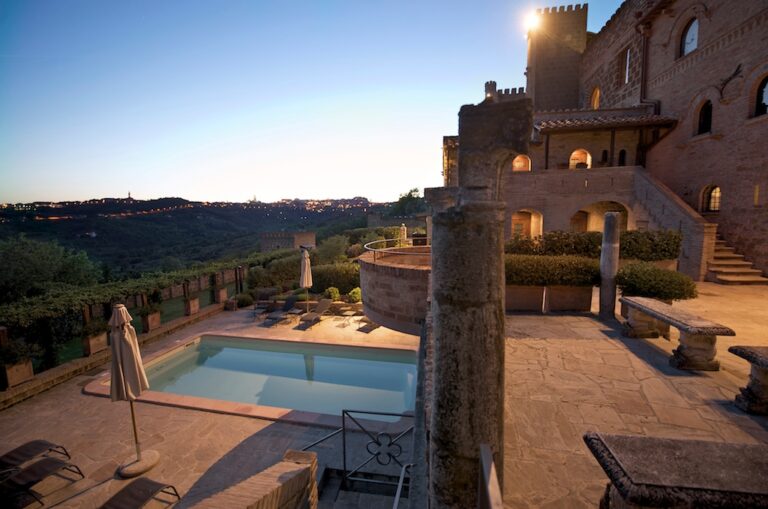Castello di Castelleone: A Medieval and Renaissance Fortress in Italy
Visitor Information
Google Rating: 4.5
Popularity: Very Low
Google Maps: View on Google Maps
Official Website: www.castellodicastelleone.com
Country: Italy
Civilization: Unclassified
Remains: Military
History
The Castello di Castelleone is situated in the municipality of Castelleone, Italy. It was originally built in the 12th century by the local feudal lords as a stone fortress to secure the surrounding territory. Known initially as Castrum Leonis, the castle played a significant role in the medieval defensive network of the region.
During the 13th century, the castle faced military action when the Todini family laid siege to it, reflecting the turbulent feudal rivalries of the time. Around 1410, the renowned condottiero Andrea Fortebraccio, also called Braccio da Montone, attempted to capture and set fire to the fortress but failed to do so, underscoring the castle’s strong defensive design and strategic importance.
The castle evolved architecturally over the centuries, mirroring broader historical shifts. Its early medieval core consists of massive stone towers and walls dating from the 12th and 13th centuries. Later, during the Renaissance in the 15th and 16th centuries, additional structures such as the Mastio, or Torre degli Sposi, were incorporated, illustrating changes in both aesthetic tastes and military needs. In the 19th century, further modifications added a neo-Gothic tower, the Torre Belvedere, which overlooks the nearby village, showcasing the castle’s adaptation to new functions and styles.
Throughout its history, the Castello di Castelleone has been connected to notable figures and families. In the late 15th century, Pope Alexander VI Borgia visited the site, highlighting its association with important religious and political circles. The castle was owned by the Del Buon Tromboni counts from the early 1800s until the late 20th century. After passing to Augusto Del Buon Tromboni’s heirs, it eventually came under the possession of the Morsiani counts, who led a major restoration effort between 2006 and 2009. In the early 20th century, the poet Gabriele D’Annunzio also came to the castle and praised the local olive oil, linking the estate to the region’s cultural and agricultural heritage.
Remains
The Castello di Castelleone displays a well-preserved medieval fortress layout, primarily constructed from sturdy stone. Its most ancient components are the walls and towers dating from the 12th and 13th centuries, forming a formidable defensive ring around the complex. These thick stone walls, which can measure more than three meters across, are reinforced with barbicans—outer defensive structures designed to protect gateways or vulnerable points—and remain largely intact today.
One of the key features is the Lombard Tower, an imposing stone tower characteristic of early medieval military architecture. It provides evidence of the original fortress design and stands as a prominent element of the site.
From the Renaissance period, the castle includes the Mastio, also called the Torre degli Sposi. This tower is physically connected to the main body of the castle, reflecting a phase when the fortress combined military functions with residences and formalized spaces. The Renaissance influence can also be seen in interior decorations, with frescoes and wall paintings from this era still visible.
In the 19th century, the castle saw the addition of the Torre Belvedere, built in the neo-Gothic style. This tower overlooks the village of Castelleone and represents a later phase when the castle’s role shifted more toward aesthetic and symbolic purposes.
Inside, the castle preserves an impressive collection of furnishings and artworks, including pieces attributed to or inspired by artists such as Annibale Carracci, Guercino, and Dürer. Antique Murano glass chandeliers and other artistic objects further reflect the site’s aristocratic heritage. The presence of these items was confirmed through the careful conservation and restoration program carried out by the Morsiani family, which also focused on the structural stabilization of the castle and recovery of historical artistic elements.
Overall, the Castello di Castelleone remains in a good state of preservation, with its major architectural and decorative features maintained thanks to recent restoration efforts that respected both its medieval origins and subsequent historical layers.










